If you’ll be a first time breastfeeding mum, prepare yourself for quite a challenge. Breastfeeding is not as easy as seen in photos and commercials.
It’s painful, frustrating, but very common.
One common misconception of breastfeeding is that it will come naturally. While that is partially true, we might forget that it’s a learned skill. If you’re a veteran mum, you know what we’re talking about.
Causes Of Nipple Pain During Breastfeeding
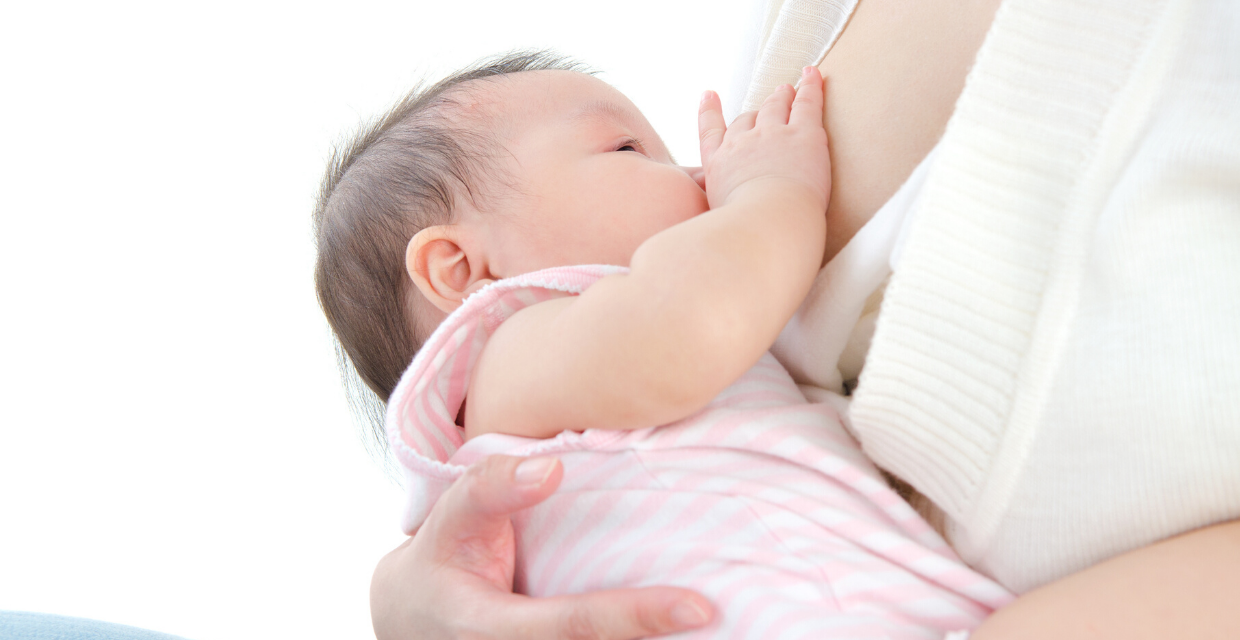
1. Tenderness From Breastfeeding
Your breasts will feel tender in the first few weeks of nursing, especially if you’re a new mum. This is because your milk supply is beginning to be established. It also depends on how your baby suckles. Mums whose babies feed vigorously may have prolonged nipple soreness, which can also lead to cracked nipples during breastfeeding.
2. Latching Issues
You may be experiencing nipple pain because of improper latching. If your baby is sucking on the nipple itself, they aren’t positioned properly. They should have the entire nipple, together with the surrounding areola, in their mouth.
3. Clogging In Milk Ducts
Your milk ducts may be clogged at the tip due to skin overgrowth or the presence of thickened milk. Your nipples may develop blisters when the skin grows at the opening and milk makes contact with the blister.
How To Treat Nipple Pain
1. Breastfeed In A Proper Position
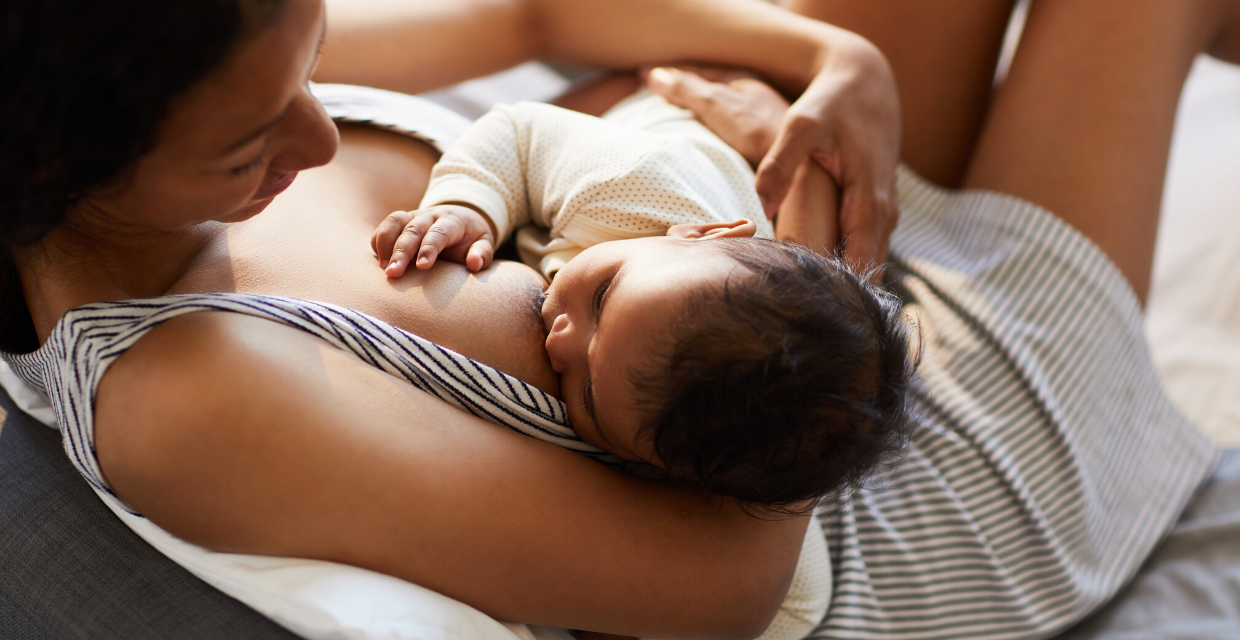
A good breastfeeding position will allow a better latch for your baby. Some of the best positions are the cross-cradle and the football (clutch) hold.
The cross-cradle hold allows you to view your nipple and baby’s mouth at the same time. It also gives your baby the necessary support while also giving mum control over their baby with just a single arm. Meanwhile, the football hold is where the baby’s side is nestled closely to the mum’s side with their legs tucked under the mum’s arm.
There will also be times when nursing pillows and footstools will be necessary. These accessories will allow you to put your baby in a comfortable position for a better latch i.e. bringing them up to the level of your nipple.
However, do take note that you should alternate breastfeeding positions. Using only one position will put pressure on a particular spot on your nipple.
2. Dab Freshly Expressed Breast Milk On Nipples
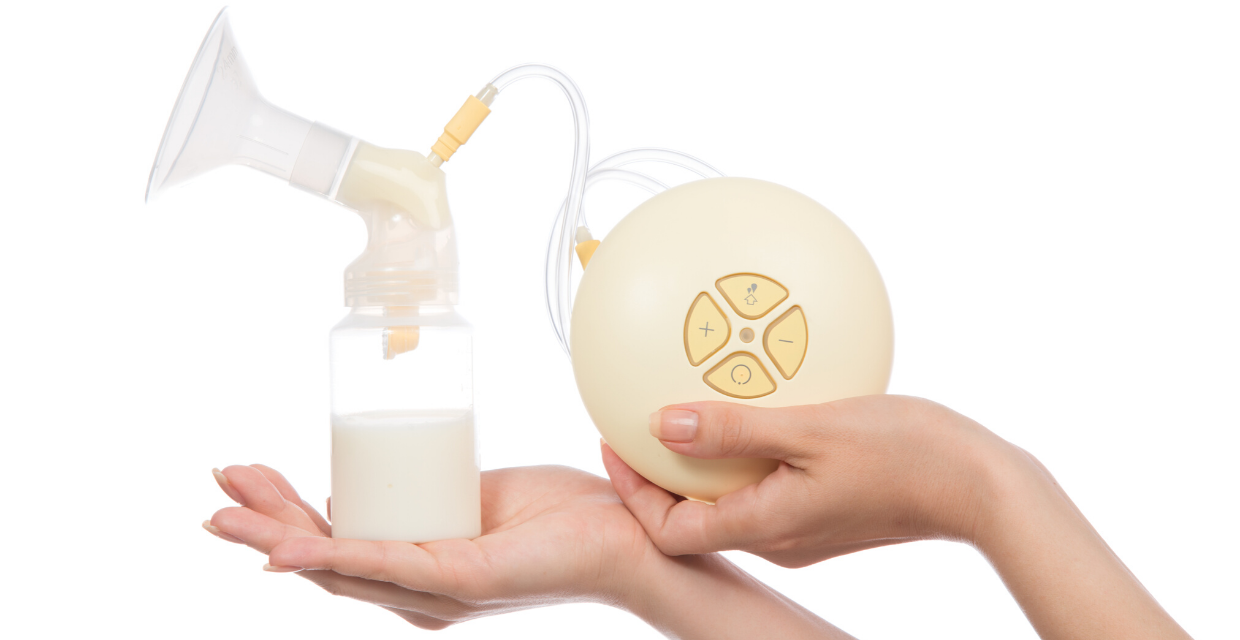
As ridiculous as this sounds to new mums, this trick actually works. Just express a couple of drops of your breast milk and rub them onto your nipples. There are antibodies in your breast milk at work that help speed up the healing process and prevent infection. Plus, it will help detach clothing that is stuck on your nipples.
3. Soak Nipples In Saline Mixture
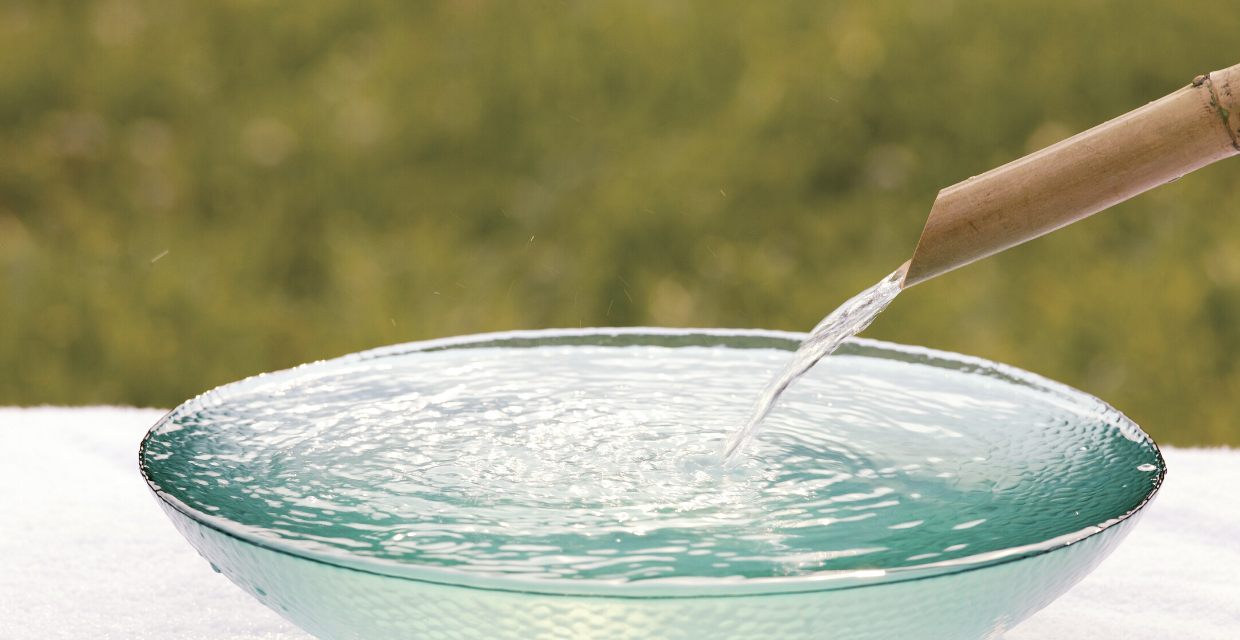
Saline solutions are known to help prevent infections and heal wounds. You don’t even have to buy one in a drugstore. Below is one recipe you can do at home:
- Mix ½ tsp of salt in 236mL of warm water
- Put the mixture in a bowl and soak your nipples in it for around one minute after breastfeeding
- Dry gently with a towel
Don’t forget to do this every day to lessen the chances of getting contaminated with bacteria. Rinse your nipples before your baby feeds if they are bothered by the taste of the solution.
4. Consult A Lactation Consultant

There may be times when the nipple pain gets too much. When you get to this point, you should consider getting the help of a lactation consultant. They will be able to give you advice and tips on the best breastfeeding positions for you, how to care for your nipples, and how to prevent getting sore nipples.
Here are some lactation consultants in Singapore you can contact:
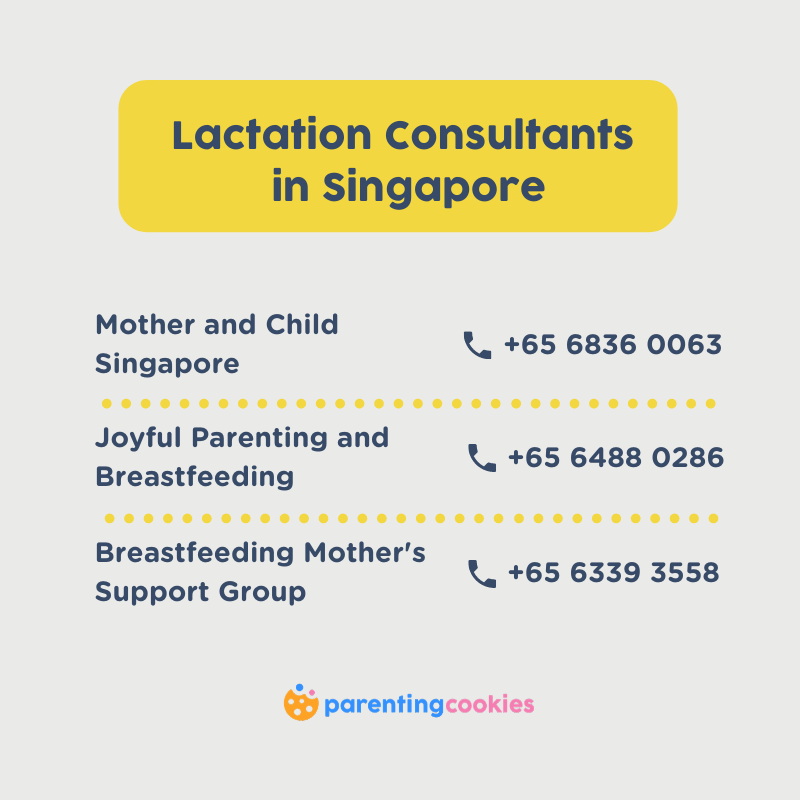
Taking Care Of Your Nipples Going Forward
- Don’t dry your nipples right after breastfeeding or expressing. Letting breast milk dry on your nipples will help heal the sore nipples and keep them healthy.
- Don’t use a cloth or towel to dry your nipples. Let them air-dry instead after breastfeeding. Doing so would prevent clothing from sticking to the breast.
- Use the right type of breast support such as cotton bras with wide and nonelastic straps. You can also wear bras at night if it’s more comfortable for you as it offers additional support.
- Don’t use breastfeeding pads with plastic liners.
- Avoid washing your nipples with soap; This affects the natural lubricants of the nipples.
Can I Still Breastfeed With Cracked Nipples?
The answer is a definite YES. In fact, you shouldn’t stop breastfeeding. Don’t panic if you see your baby spitting up some blood while breastfeeding – this isn’t harmful to your baby.
Moreover, if you suspect that you have a breast infection from your cracked nipples, you can still continue to breastfeed. This will even help treat your infection.
In A Nutshell…
Having cracked nipples during breastfeeding is perfectly normal. You are not alone in your experience as thousands of breastfeeding mums have endured the same pain.
Let go of your preconceived notions of breastfeeding and don’t be afraid of the changes you feel in your body. If you’re a new mum, keep trying out new things until you get that perfect breastfeeding position and schedule. Again, nipple pain during breastfeeding is normal. We’re here to help you out!
To all mums, share your breastfeeding experiences with us for the other mummies out there needing our help!






